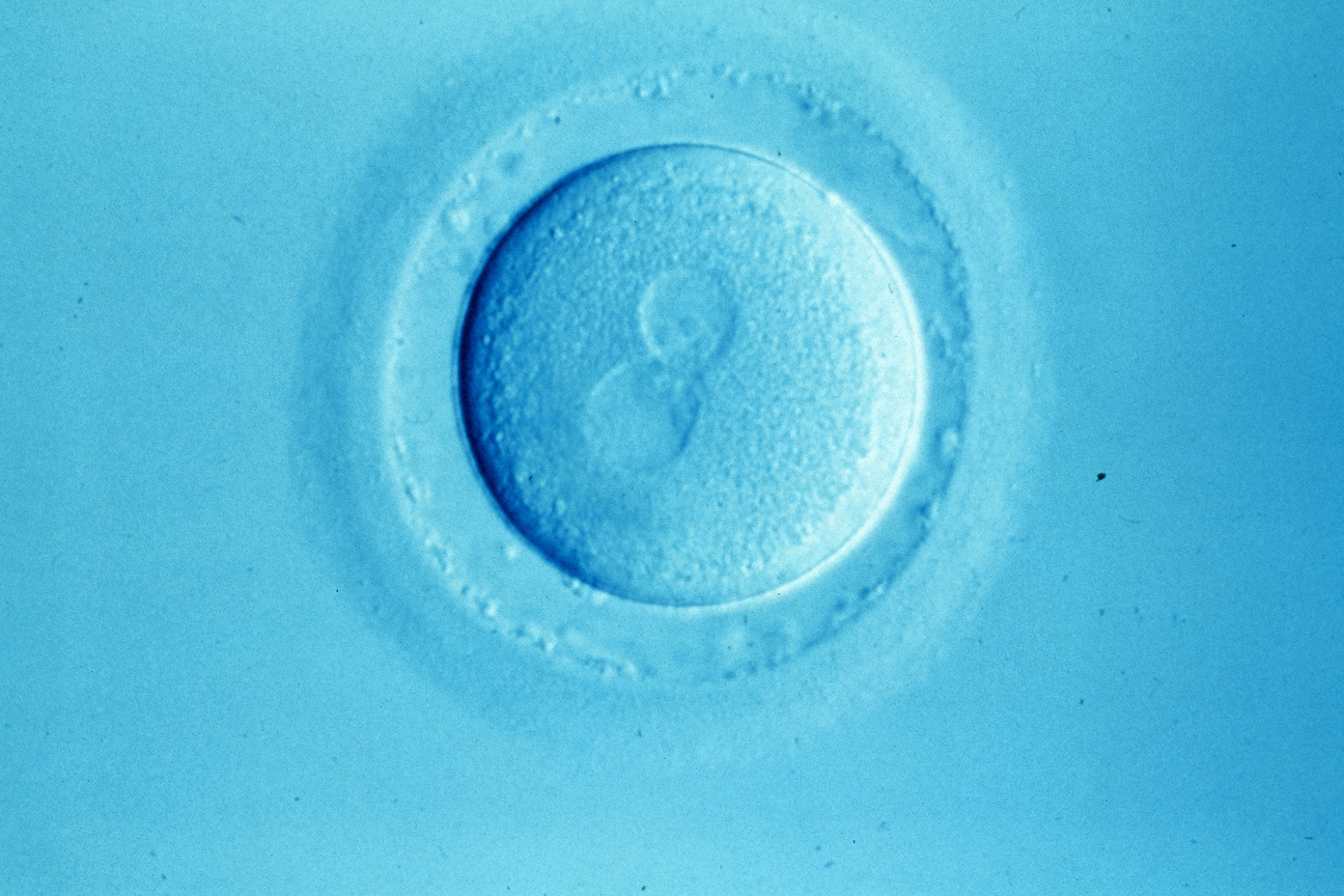Women without male partners are increasingly seeking fertility treatment, according to a new report by the Human Fertilisation and Embryology Authority (HFEA).
The number of IVF cycles undertaken by single women rose by four percent to 2279 and those for women in same-sex relationships grew even more, by 12 percent to 4463, between 2016 to 2017.
'We are seeing a gradual change in the reasons why people use fertility treatments, which were originally developed to help heterosexual couples with infertility problems,' HFEA chair Sally Cheshire told iNews. 'While the increases in same-sex couples and single women having fertility treatment are small, this reflects society's changing attitudes towards family creation, lifestyles, and relationships.'
The data in the Fertility treatment 2017: trends and figures report was taken from the results of over 54,000 patients undergoing treatment in the UK who completed 75,000 IVF treatment cycles in 2017. Since 2016, IVF treatment cycles have increased by 2.5 percent resulting in the birth of over 20,500 babies.
Despite the rise in IVF treatments, the report comments on the national differences in IVF funding: the proportion of NHS-funded cycles is stable in Wales (39 percent) and rising in Scotland (62 percent) and Northern Ireland (50 percent). Yet, public funding has fallen to just 35 percent in England where the majority of treatments are taking place (65,087 cycles).
Sarah Norcross, director of the Progress Educational Trust, which publishes BioNews, said the 'appalling divide' within the UK was set to widen.
'The impact on patients can be huge', Dr Jane Stewart, chair of the British Fertility Society, told The Guardian. 'Some people cannot contemplate funding themselves and that leaves them open to psychological distress and other mental health issues.'
The report also highlights that the fastest growing fertility treatment type is egg freezing, which has increased by ten percent since 2016 to 1463 cycles in 2017. This finding supports data recently released by the Royal College of Obstetricians and Gynaecologists which revealed almost half of 1200 young women polled would consider freezing their eggs (see BioNews 991).
The report acknowledges the number of people delaying childbearing is one reason for an increase in egg freezing. Patients with cancer wishing to preserve their fertility and patients undergoing gender transition (see BioNews 992) also contributed to the rise.
Treatment cycles using frozen embryos also increased by 11 percent since 2016, which the report attributes to improvements in embryo freezing techniques and increased use of single embryo transfers. Multiple birth rates fell to just 10 percent, down from 24 percent in 2008.
Sources and References
-
Record number of single women and same-sex couples using fertility treatment
-
Fertility treatment 2017: trends and figures
-
IVF more popular, successful and safer than ever but reasons for treatment are changing
-
More same-sex couples and single parents using IVF to start families
-
Frozen eggs 'are fastest fertility trend'
-
England lagging behind rest of UK in IVF cycles funded by the NHS





Leave a Reply
You must be logged in to post a comment.